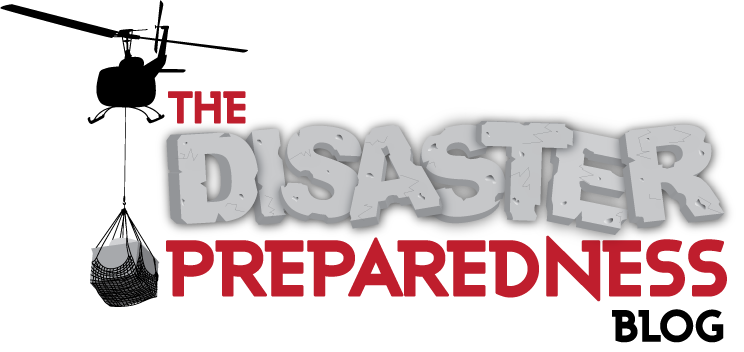Recently I had the pleasure of working on a unique project co-authoring an article with someone I know that does scrap booking, and photo management. That person is Karen Siegel Fitting . I like projects like this not just because it forces me to think outside the box but also because it gets people to think differently about disaster preparedness.
That article is below in its entirety for your enjoyment and if you love scrap booking, photography or have lots of photos please take the time to visit Karen Siegel Fitting's website where you will learn plenty about the subject of photo management.
Photos, when lost, are often the one thing people wish they had saved. Homes, computers, furniture can all be repaired or replaced. It often takes a loss for us to realize how important it is to make backups. Here are some tips for implementing a system right now.
Keep your most cherished printed albums near the door so you can 'grab & go' in the event of emergency evacuation. This might be wedding or genealogy albums that are irreplaceable. Of course, there are great scanning solutions that are inexpensive and well worth the effort to have an electronic version - just in case.
Having a USB drive that contains current family pictures is a great safety measure. During a disaster, it will be important to show recent photos to aid in search & rescue, especially for children. Many mobile phones have space for a memory card - consider taking pictures of your family right from your phone and save it to that card. Remember though, the key is to have current day pictures so update them, at least quarterly, for growing children.
Backing up to CD or DVD and keeping them in a fire safe box might be considered common practice. Be aware. Paper burns at 400 degrees and standard fire safes are rated for 350 degrees. CDs, DVDs, and photographs melt and become destroyed at around 150 degrees. Depending on the importance of your images, there are safes on the market that will accommodate you though they are more expensive than standard fire safes. You will want to know how long they can survive in the heat as well as their temperature rating.
CDs and DVDs also have a limited use and actually wear down in time; even the ones that are not re-writable typically become worn down after using them about 1,000 times. If you decide to back up to CD or DVD make sure you make extra copies and store them in a safe place away from heat. One copy to use and another to store may be a good idea.
As an alternative, there are external hard drives and servers at reasonable prices that can withstand fire for at least 30 minutes as well as flooding. We are seeing the improvement of technology to help us keep our memories safe at a great price! In addition, it is worth considering the use of an internet based back-up solution for the most important images.... Just in case.
Now the question to ask is manual vs. automatic back up? Even though the manual backup may take longer, you have more assurance it is getting done. Using a trusted, reliable automatic backup will be more efficient; however it is up to you to make sure you double check that it is doing the job well. A blend of these options is your best solution to lessen the risk of potential loss.
Our computers are becoming the modern day shoebox for our photos and important memories. It is even more important today to make sure those memories last for future generations to enjoy.
 Monday, February 22, 2010 at 5:00AM | |
Monday, February 22, 2010 at 5:00AM | |  Email Article
Email Article 






